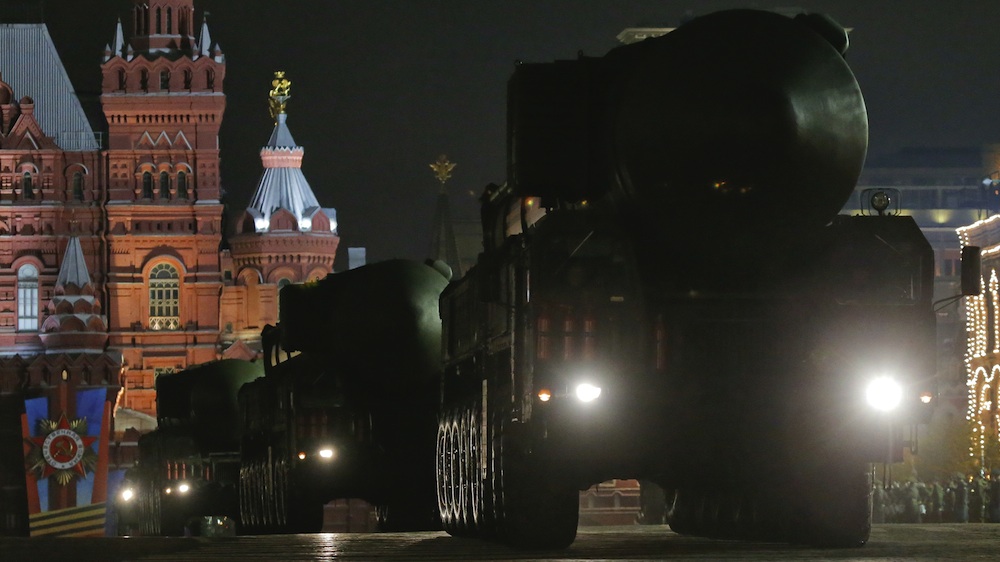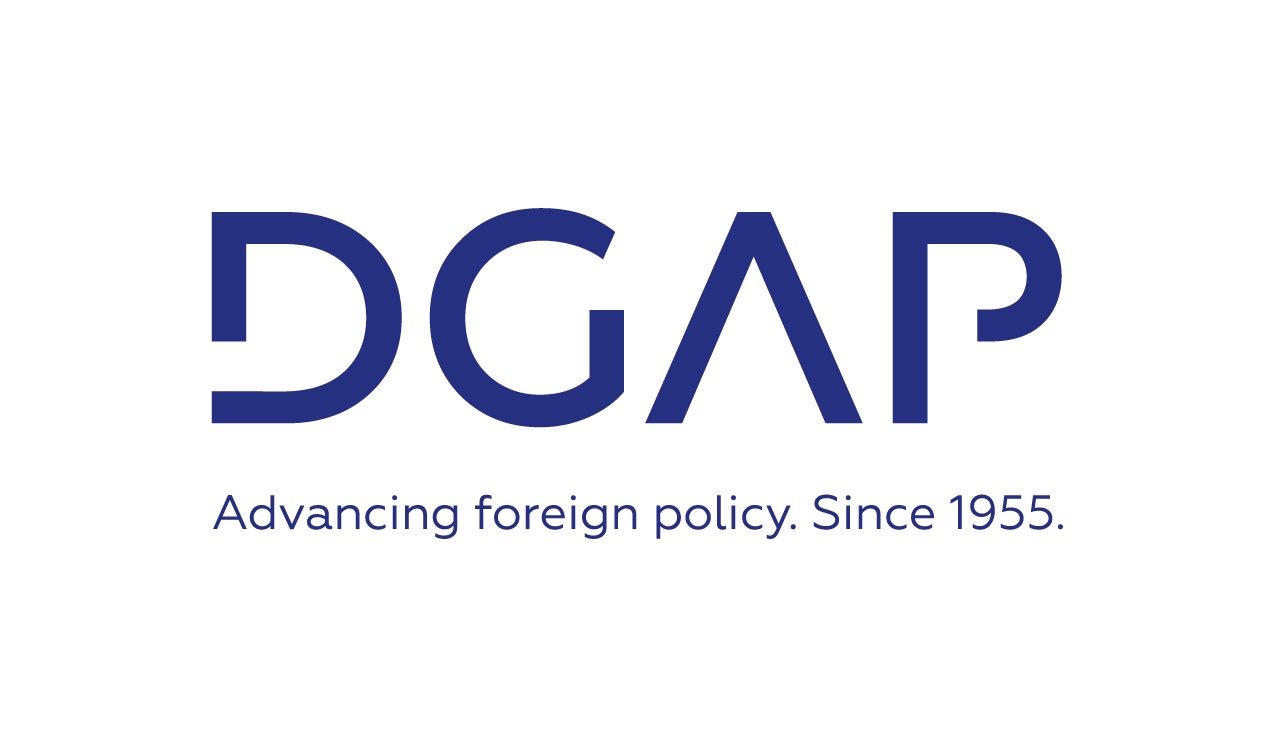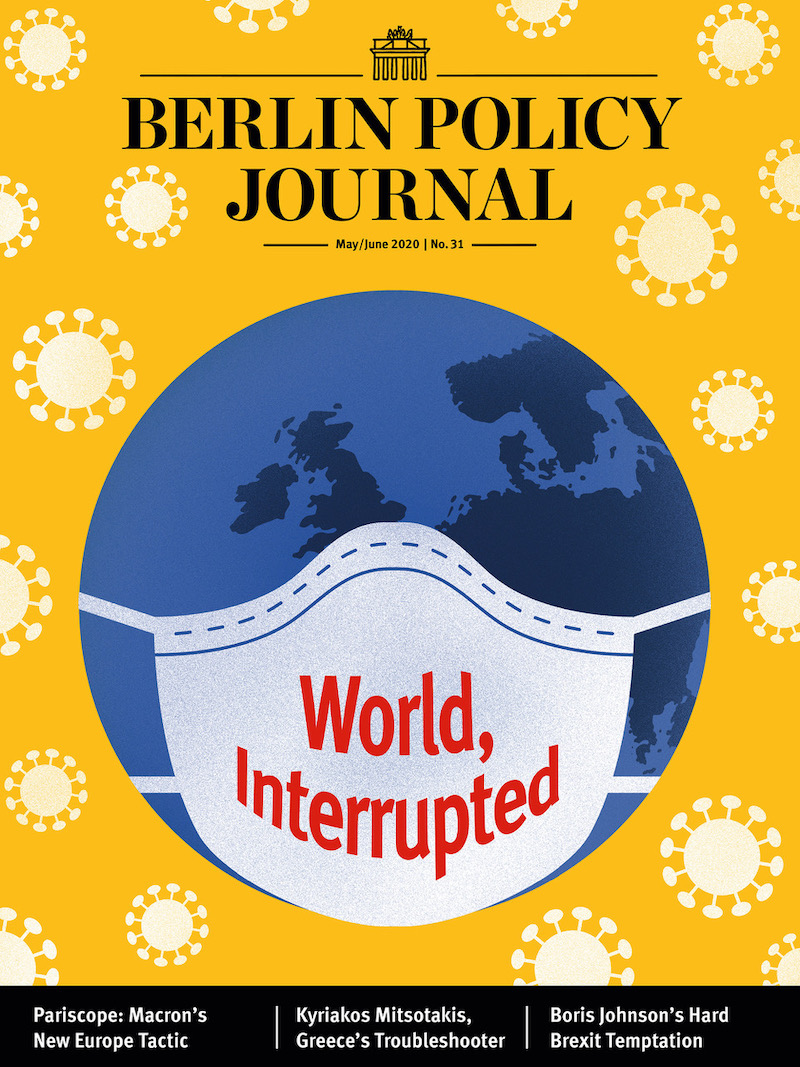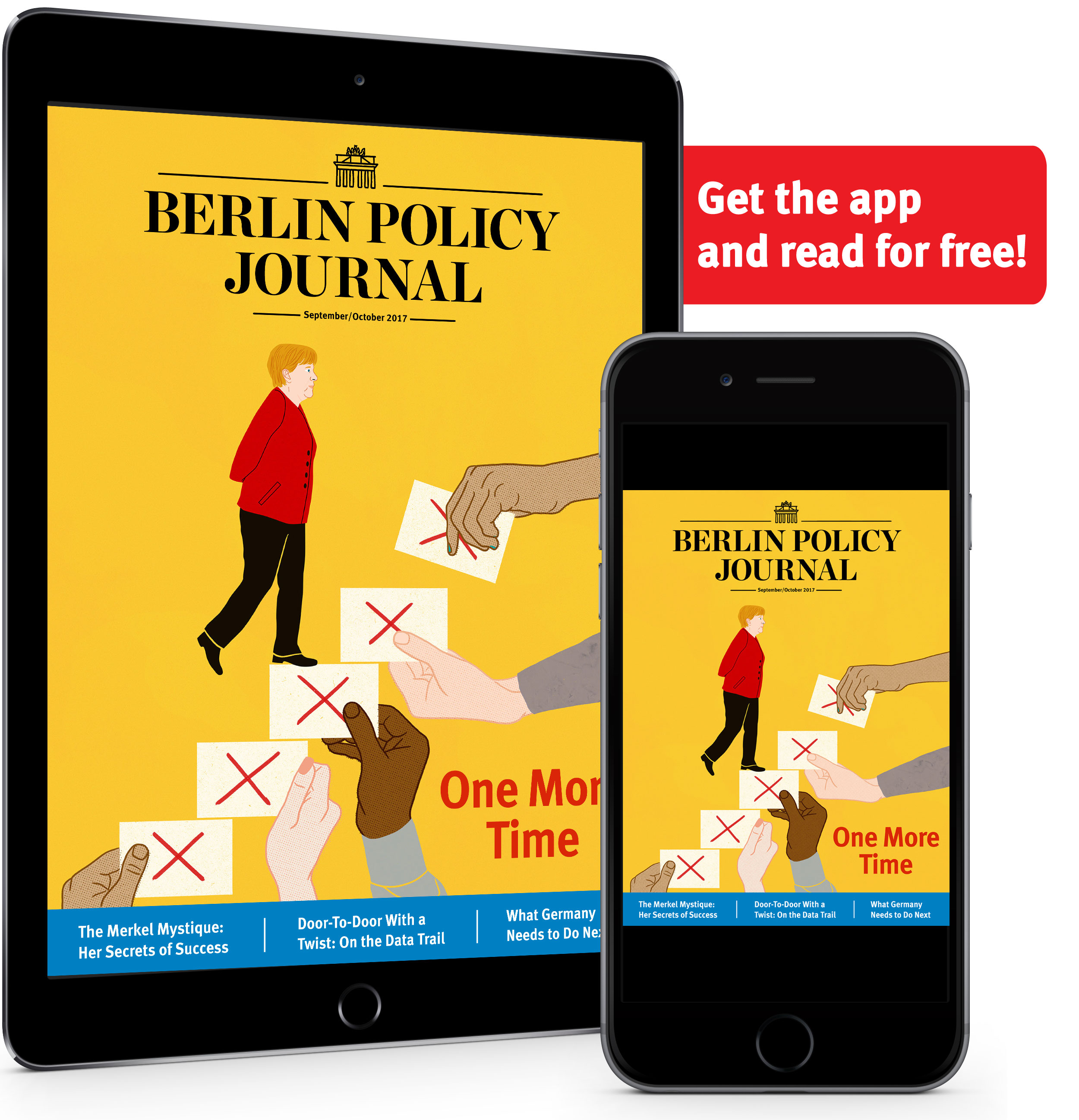“Nuclear disarmament” has always sounded better in theory than in practice. With more countries flexing their nuclear muscle – especially Russia – a more realistic strategy to manage nuclear arms is necessary. The West must fundamentally re-think means and ends.
Alfred Hitchcock used to call it a “MacGuffin”: a goal that serves as an impetus to action, yet does not possess any particular significance itself to the plot. When eminent political realists like Henry Kissinger were looking for a way to contain the global spread of nuclear weapons, they took their cues from the British master director and introduced a “MacGuffin” – the vision of a nuclear-free world – in order to trigger small, achievable steps. Whether the vision could ultimately be realized was of secondary importance. The key was to catalyze a process that would gradually reduce nuclear dangers.
Alas, many advocates of a nuclear-free world are not into Hitchcock movies. While a “MacGuffin” is meant to advance a story, ardent nuclear abolitionists are mistaking it for the actual plot. Accordingly, the tone of the Western nuclear debate is getting rougher. And the confusion that has characterized the nuclear discourse for quite some time continues to grow. Caught between abolitionist rhetoric and “realpolitik” deterrence considerations, the Western nuclear narrative appears to have lost its way.
More Distant Than Ever: Nuclear Abolition
Despite lofty rhetoric about a nuclear-free world, nuclear abolition looks far more distant today than ever. The latest blow was dealt by Russia’s breach of the 1994 Budapest memorandum, in which Russia committed to uphold Ukraine’s territorial integrity in exchange for Ukraine transferring former Soviet nuclear weapons back to Russia. Some Ukrainians are now wondering whether they should have kept the weapons they once inherited, rather than giving them away in exchange for a worthless promise. And there is more. Although not in the public limelight, Russia is also sending nuclear signals to the West by stepping up nuclear exercises, by having Russian bombers flying closer to NATO’s borders, and by boasting about the development of new nuclear weapons. In fall 2014 Russia’s Deputy Prime Minister Dmitry Rogozin even promised that Russia’s military modernization would contain a “nuclear surprise” for the country’s potential adversaries. All this reveals that Russia’s thinking, both politically and militarily, is far more “nuclearized” than most Western observers believed.
Russia’s current nuclear activism is not entirely unique. Pakistan is just introducing tactical nuclear weapons into its arsenal. North Korea continues to conduct nuclear tests and to accumulate fissile material. The rise of China has prompted several countries in the Asia-Pacific region to seek shelter under the so-called “nuclear umbrella” of the United States. The rise of Iran is having the same effect on the Gulf States. And while Iran is not yet a nuclear power, there is no deal in sight that would reliably foreclose this possibility in the long term. Saudi Arabia, for its part, has publicly declared that if Iran goes nuclear, it will follow.
In short, the world is becoming more nuclear, not less. Globalization, technological progress, and a shift of geopolitical rivalries towards Asia have created a landscape that has little to do with the late 1960s, when the Nuclear Non-proliferation Treaty (NPT) was opened for signature. Today, a large part of proliferation is proceeding outside the NPT-regime. Private enterprises have delivered centrifuges, warhead designs, and even scientists to countries with nuclear ambitions. As a result, these countries no longer require technical support by like-minded nuclear powers. The continuing interest in civilian nuclear energy will also mean that more and more countries will become “virtual” Nuclear Weapons States, i.e. states that could convert their civilian programs into military ones at short notice. All these developments proceed independently from Western policies.
Western attempts to re-gain the initiative have been disappointing: President Obama’s famous 2009 Prague speech did not produce a more favorable political climate for non-proliferation, and other attempts to draw attention to the urgency of safeguarding nuclear materials, such as the Nuclear Security Summits, have been overshadowed by real-life crises. For example, the 2014 Nuclear Summit in The Hague was completely eclipsed by the Crimea crisis. And Russia has announced that it will not participate in the preparations for the next Nuclear Summit.
What Went Wrong?
First, many in the West believed that the end of the Cold War also meant the obsolescence of nuclear deterrence. The role of nuclear weapons as tools of deterrence and war-prevention was pushed into the background, while stressing instead the dangers of nuclear possession. Despite warnings about the emergence of a “second nuclear age”, the intellectual curiosity to examine this new age and its implications was woefully missing. Hence, the frequently used term “nuclear renaissance” is actually a misnomer: nuclear weapons are not coming back. They had never gone away in the first place.
Second, since the end of the Cold War, and even more since the 9/11 attacks, there has been an obsession with non-state actors. The spectre of “nuclear terrorism” was a healthy reminder of the limits of nuclear deterrence when dealing with adversaries who are willing to die for their cause. It also helped to galvanize international attention on nuclear security, resulting in initiatives to secure fissile material. Yet it remains doubtful whether the threat is really that serious, particularly when compared to chemical or biological ones. Above all, the focus on “undeterrable” non-state actors further diverted attention away from classic inter-state conflict scenarios.
Third, the non-proliferation community has become increasingly intertwined with anti-nuclear activism. Since the end of the Cold War, non-proliferation has become the central refuge for ideological or religious activists and wayward “peace researchers”, who had failed to attract continued interest in their various causes after the demise of the Soviet Union. As a result, the community has grown larger, but certainly not better. A considerable part of today’s non-proliferation research amounts to little more than blaming nuclear proliferation on Western policies and advocating Western nuclear disarmament as the principal solution.
What Needs to be Done?
First, the West must fundamentally re-think means and ends: if international relations will continue to be shaped by nuclear weapons, nuclear deterrence and reassurance must again be given their rightful place. Rather than dismissing such concepts as relics of a bygone era, or as obstacles to nuclear disarmament, they need to be appreciated – unapologetically – as important means to cope with a volatile security environment. This is particularly true for US extended deterrence.
Second, Western security policies should refrain from raising unrealistic expectations about global nuclear disarmament. Sweeping visions of a nuclear-free world have never gathered more than rhetorical support by other nuclear nations. Instead, the focus of Western policy should be on discussing the conditions for such a world. This means focussing on the disease rather than the symptoms. And it means overcoming antagonisms and security dilemmas through alliances, widespread security cooperation, arms control, and non-proliferation. There are no shortcuts.
Finally, the non-proliferation community, much like the nuclear strategy community, must get back to basics. The blurring of lines between serious research and anti-nuclear activism has contributed to a profound intellectual confusion about the relative importance of nuclear non-proliferation versus nuclear deterrence. Both concepts are valid instruments for safeguarding national security. Even if tension between them is inevitable, they must not be pitted against each other. In the multi-nuclear world of the 21st century, self-inflicted confusion is something the West can ill-afford.
NB. The author expresses solely his personal views.







